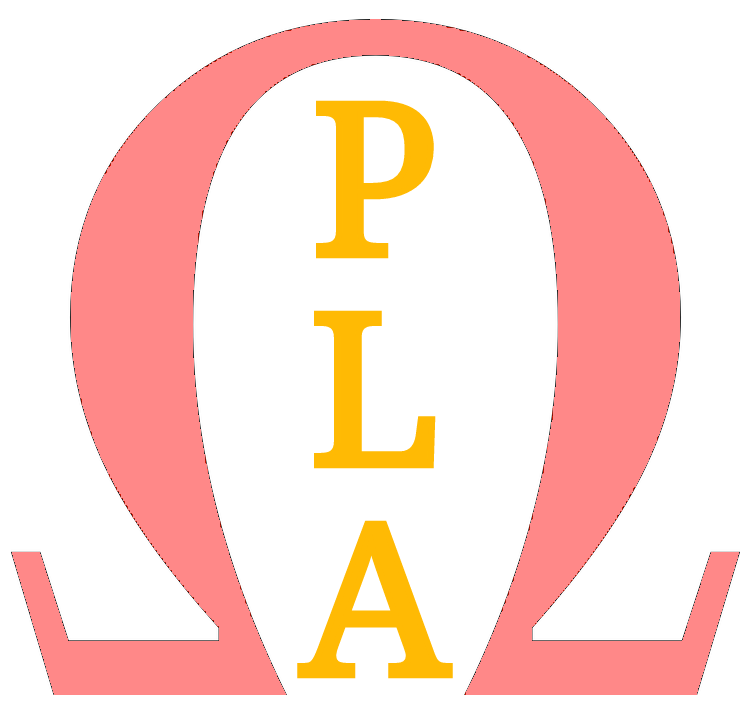Understanding Your Language Proficiency Level: The Benefits of Using the CEFR Framework
Learning a foreign language can be an exciting journey, but measuring your progress and knowing your language proficiency level can be a challenge. The Common European Framework of Reference for Languages (CEFR) is an international standard that provides a comprehensive set of guidelines for language learners, teachers, and assessment organizations. In this article, we will explore the benefits of using the CEFR framework and how it can help language learners set achievable goals and track their progress.
What is the CEFR?
The CEFR is a standard used to describe language proficiency across Europe and other parts of the world. It divides language proficiency into six levels, from A1 to C2, each of which describes what learners can do with the language at that level. For instance, A1 learners can understand and use simple, everyday expressions, while C2 learners can understand with ease virtually everything heard or read.
Why use the CEFR?
While the CEFR may not be as popular in the United States, it is widely used among language professionals and educators globally. Many language schools and institutions in the US have adopted the CEFR as a framework for their language programs and assessments. Besides, some US universities and colleges may require or recommend that applicants provide evidence of their language proficiency according to the CEFR levels.
Using the CEFR as a guide can help language learners set achievable learning goals and track their progress. Each level represents a distinct milestone in language proficiency, and learners can use these guidelines to focus their efforts and measure their progress. For example, a learner at the A2 level might set a goal to reach the B1 level within a certain timeframe and use the CEFR guidelines to determine the specific skills they need to work on to achieve their goal.
The Benefits of Using the CEFR Framework
Clear and specific goals: The CEFR framework provides clear descriptions of each language level, making it easier for learners to set specific goals and track their progress.
Enhanced learning experience: By using the CEFR, learners can tailor their language learning experience to their specific needs, making the process more effective and enjoyable.
Recognition of language proficiency: The CEFR levels are widely recognized by language professionals and institutions globally, making it easier for learners to prove their language proficiency.
The CEFR provides a valuable framework for language learners and teachers to set learning goals and track progress. By understanding what each level represents and using it as a guide, learners can focus their efforts and measure their progress as they work towards achieving their language learning goals. Whether you're learning a language for work, travel, or personal interest, the CEFR is a valuable tool that can help you succeed.

